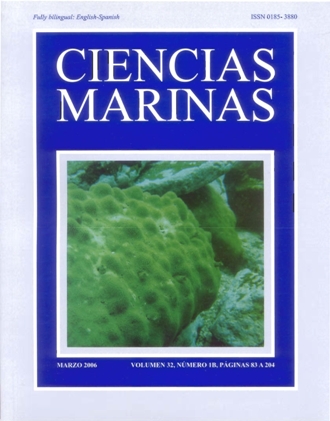Interlaboratory assessment of marine bioassays to evaluate the environmental quality of coastal sediments in Spain. I. Exercise description and sediment quality
Main Article Content
Abstract
The results of an interlaboratory assessment made to evaluate the use of different bioassays for sediment quality characterization for a regulatory purpose are presented. The objective of the study was to determine the main differences among sediment bioassays conducted at different laboratories and to evaluate how this can influence dredged material management. The exercise consisted of two parts. During Phase I, six dredged sediment samples from different Spanish ports (Barcelona, Bilbao, Cádiz, Cartagena and Huelva) were distributed to different laboratories where they were applied a screening test for initial toxicity evaluation, a test for elutriates and two solid-phase bioassays. In Phase II, six new sediment samples (from the ports of Algeciras, Bilbao, Cádiz and Huelva) were tested to re-evaluate some bioassays for which different interfering factors were identified during the first phase. The chemical characterization results for Phase I showed high concentrations of some compounds in all the samples except one, which could be considered uncontaminated, while those for Phase II showed high concentrations in most sediments of some metallic compounds, mainly Cu, Hg and As, and to a lesser extent Cd, and of the total polychlorinated biphenyl congeners analyzed. According to Spanish guidelines for dredged material management, only one of the six samples assessed in each phase of the exercise would be suitable for open water disposal.
Downloads
Article Details
This is an open access article distributed under a Creative Commons Attribution 4.0 License, which allows you to share and adapt the work, as long as you give appropriate credit to the original author(s) and the source, provide a link to the Creative Commons license, and indicate if changes were made. Figures, tables and other elements in the article are included in the article’s CC BY 4.0 license, unless otherwise indicated. The journal title is protected by copyrights and not subject to this license. Full license deed can be viewed here.

